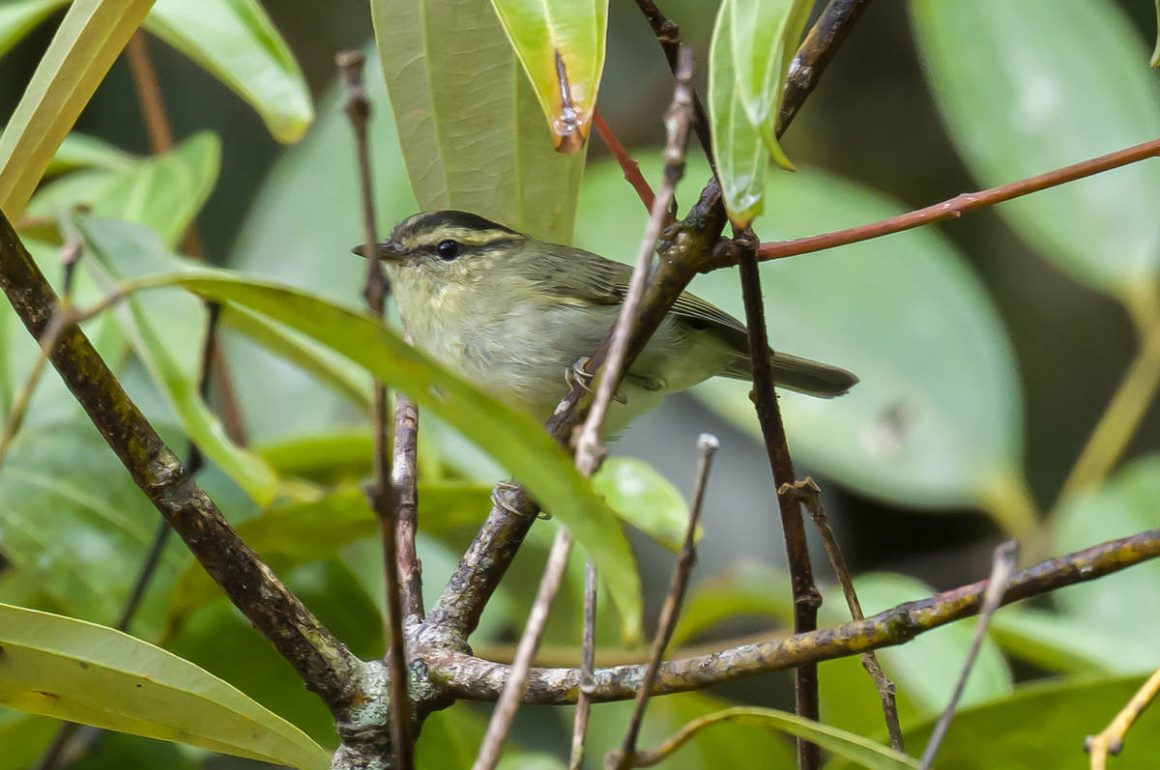
Some of us have such a dislike they write a post about their least favourite birds without prompting by our feared editor-in-chief. Other, gentler souls need some prodding to confess to having non-favourites. And then there are those amongst us who need the Spanish Inquisition to give up a name. And as happened with the Spanish Inquisition, once the names start flowing whole families come under scrutiny. The reason this will be the biggest list ever.
Gulls – Leslie Kinrys and Faraaz Abdool
Everybody was quite keen to give up gulls, but for all sorts of reasons: they all look the same, they have too many plumages to remember, they don’t even sound nice and because people keep saying “seagulls”. They have had their fair share of posts in the past, so whether lover or hater: we have got it all here.
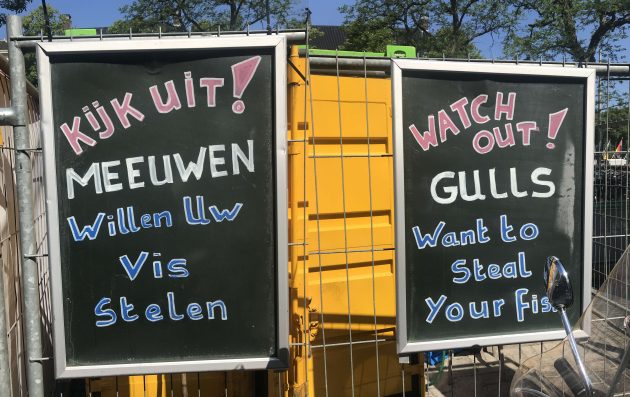
No Sea Crows, please – David Tomlinson
If you’re a keen birdwatcher, then you can expect people to quiz you as to your favourite species. In my case it’s usually the bird I’m currently looking at, but I do have favourites, such as ducks, swallows and bee-eaters. There aren’t many bird families that I find less than appealing, and though I can’t get excited about trying to pick out a second-year American Herring Gull (Larus smithsonianus) in a flock of immature Herring Gulls (L. argentatus) I do find Little Gulls charming and Audouin’s Gulls handsome, while I’d love to see an Ivory Gull. However, there is one family that doesn’t do a lot for me: it’s the Phalacrocacidae, or cormorants. There are 41 species of them, though three breed in Europe: Great Cormorant, Pygmy Cormorant and Shag, all of which are predominately black and just a little bit boring. In fact the only member of the family that has ever vaguely excited me was the Imperial Shag, which I fist saw in the Falkland Islands, then subsequently in Tierra del Fuego. With its handsome pied plumage and striking blue-rimmed eyes it’s a striking bird, which is more than you can say for the rather reptilian Great Cormorant. The local trout fishermen call them the Black Death. I struggle to defend them. Incidentally, the name cormorant is derived from two Latin words corvus marinus, a sea crow. Says it all.
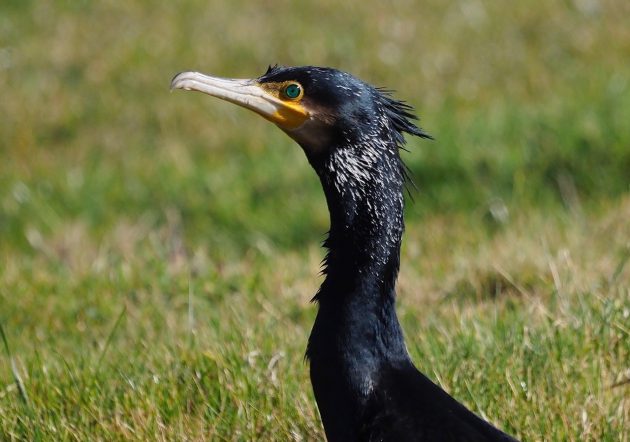
There’s a separate category for the unliked: disappointing birds – defined as “those species for which one had such high expectations that were not met once actually seen“. These may be worse than dislikable birds. Our Beat Writers are no stranger to disappointment – some of us were driven to birding for no other reason. Some of us have cats. I’m not saying it’s causal but it sure is correlated.
Hummingbirds – Peter Penning
Can there be a more disappointing family of birds than the hummingbirds? Expectations: sky-high, driven to stratospheric heights by beautiful pictures of little flying gems. Reality: a mousy female in the sombre gloom of a Neotropical forest. Half of all hummers are female – and in this family the females are the drabbest of drab. And even if you do get to see a male, their colours are iridescent, so they need light to fall on them in just the right angle to shine. This never happens and the result is a boring, greenish-brown little bird noisily chasing away other birds that did make an effort to be colourful. Don’t take my word for it, Paul Lewis said so himself in a recent post: “…the White-eared Hummingbird rarely shows its full colors. I do not have a single photo with all of its colors showing…”. How very disappointing!
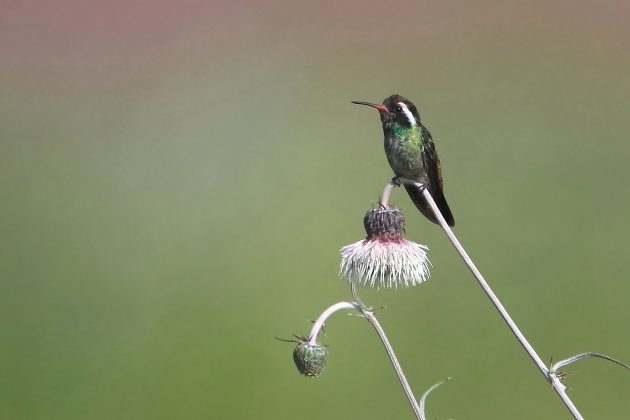
The disappointing Eagle Owl – David Tomlinson
The impressive Eagle Owl is high on the wanted list of most British birders – it’s a bird that is absent from the British Isles, though in recent years one or two (released?) pairs have bred in northern England. It is, however, widespread in Europe, so it’s often a target bird on trips to areas where there’s a reasonable chance of finding one. It’s a bird which usually requires local knowledge to find, but if you know where one is nesting, then seeing it isn’t usually too difficult.
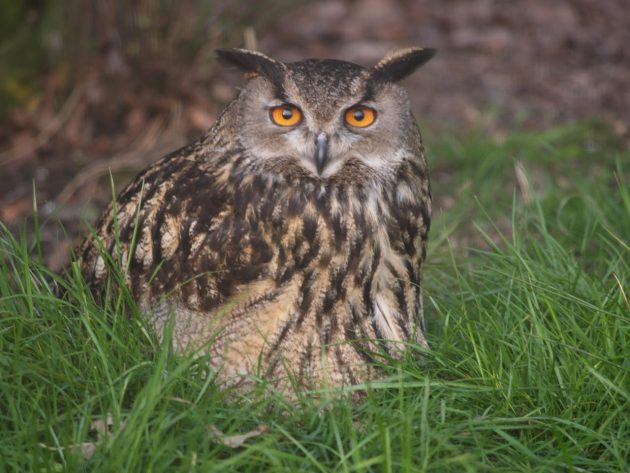
I’ve been fortunate enough to have seen Eagle Owls in many countries, from Finland south to Spain, Romania and Greece, but what almost all those birds have in common is that when I’ve seen them, even set up my telescope to admire them, they’ve done nothing more than stare back through half-closed eyes. Apart from occasionally rotating their head, they never move. One exception was a Hungarian bird. As we go closer, it gradually sunk lower and lower on its nest until we could only see the tops of its ears. If you want some action, then the Eagle Owl is not your bird, and it’s usually deeply disappointing.

Only once have I witnessed some action. This was on a winter trip to Bulgaria in search of Red-breasted Geese. Late one afternoon, after a great day’s goosing, we went to a gorge that was known to have a pair of Eagle Owls. Just before dusk we heard one calling, a soft, far-carrying but unmistakable hoot. Then, suddenly, the great bird appeared, landing in full view at the top of the cliff. As we watched, we could see its white throat feathers puffing out as it called. Sometimes even disappointing birds can be terrific.
Shoebill – Kai Pflug
When Peter initiated a collaborative post on dislikable and disappointing birds, I liked the idea but then immediately wondered what to write myself. Peter suggested Leaf Warblers – and indeed, these birds are proof that either evolution or god can sometimes be painfully unimaginative. But disappointing? When you have a business meeting and expect it to be painfully boring, it then turns out to be painfully boring, you are not exactly disappointed.
Then I thought of something else. Having edited several profiles of African bird guides, they frequently highlight the Shoebill, a species I have not yet seen. But I think it could turn out to be quite a disappointment. Peter objected, stating I would not be disappointed: “It stands still, it is grey, what’s not to like?”
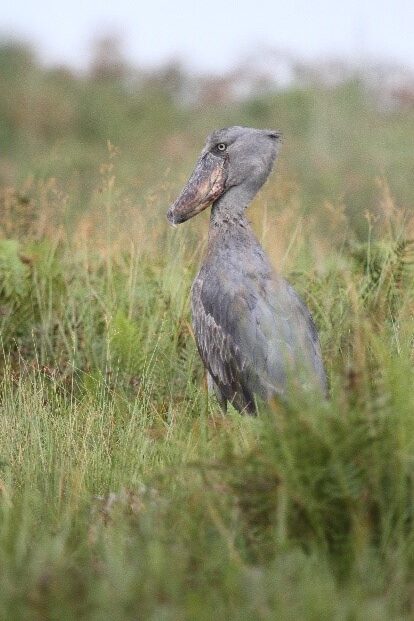
Which kind of strengthened my case: It does not move (boring), it has no interesting color (boring), it probably requires a boat trip to see (marginally unpleasant), it likely lives in an environment that is hot, stuffy and filled with mosquitos. And while it has a marginally interesting bill (Peter is Dutch, so probably the shape of the bill reminds him of the shoes they supposedly wear in his home country – I would not wear them if somebody paid me), I am not sure that is enough to keep me interested for more than a few seconds. Should I ever get to see a Shoebill in the wild, I will report back on how disappointing this experience was.


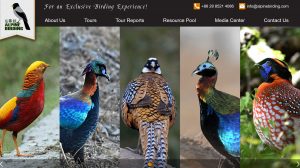
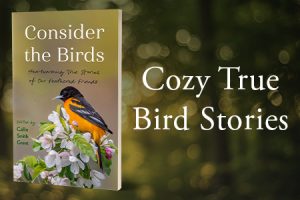

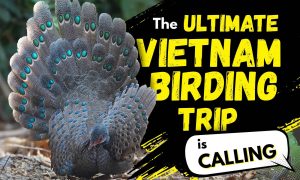


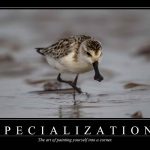
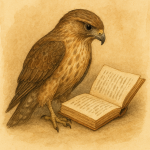
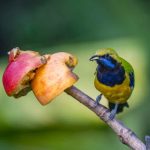
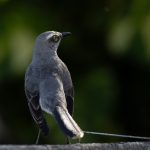
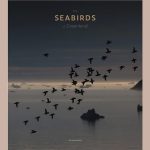
Top 500, really?
Hummingbirds disappointing? I have seen dazzling birds, some even up close. Their pissy personalities are great, too.
Start counting the species – there’s a lot of hummingbirds 😉
I’ve seen several Shoebills in Uganda and I have to admit the experiences were not particularly exciting, as they are not the most active of birds and don’t, as far as I am aware, do anything remotely interesting. However, there’s always a chance that a hippo might tip up your canoe when you are watching them, which is exciting.
Thought provoking article, thanks Peter! Now I’m wondering if I could come up with a contribution to the top ‘500’.
The best place to be disappointed by hummingbirds while fearing for one’s life because of the hippos is the Magdalena River in Colombia. And we have a drug lord to thank for that. Eagle Owls stay far away from these shenanigans, of course, but I wouldn’t it put it past gulls…
Birds that don’t show up are entirely disappointing. I’ve already left home, had coffee, drove, parked, walked about for an hour, why are there no birds???